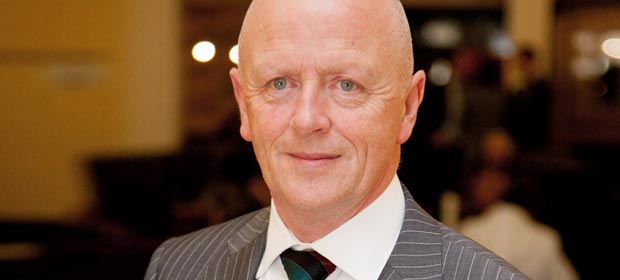Mr. Conor Hannaway looks at the challenge which organisations face when they try to enhance organisation performance once it knows what needs to be done.

In some organisations, employee commitment and engagement are viewed in a passive sense – a sort of ready for action when called upon approach. They are seen as characteristics of people working in the organisation rather than evidence of action.
One result of this approach is to conduct organisation surveys to measure commitment and engagement, some directly, with questions with such as: ‘To what extent do you feel committed to this organisation.” One well known organisation purports to measure engagement using a secret formula which is based on the results of 12 questions, one of which is “I have a best friend at work.” Other questions do have more face validity. However, results worldwide indicate that a strong majority of employees are not engaged/strongly disengaged. There is a considerable amount of information relating to the survey available on-line for those who wish to see both sides of that debate.
Thankfully, our actual experiences are much more positive than the results of the Gallup survey would indicate. Every day in our hospitals and care settings we see staff across all disciplines giving 110% to the cause. They may not have an opportunity ‘to do what they do best everyday” but that does not mean that they are any less engaged.
Every day in our hospitals and care settings we see staff across all disciplines giving 110% to the cause.
Last year the Health Management Institute introduced the HMI Leaders Award to recognise the expertise and commitment of people who went the extra yard to enhance services for service users or to support people on the front line. An amazing number of individuals and teams (more than 150) put their names forward and the winning teams from the four corners of the country debunked the idea that people in the health services are not committed. We are sure that there are many more such teams out there who will step forward again for this year’s award.
One of the most interesting management books of recent times is Pfeffer and Sutton’s: “The Knowing Doing Gap.” It deals with the challenge which organisations face when they try to enhance organisation performance once it knows what needs to be done. You can view engagement as the extent to which people respond to the information available to them. Within the health services, critical data is frequently and effectively converted into national programmes, which are rolled out across the country. On other occasions, as we have seen, individuals and local teams respond either to corporate data or to their own experience at the front line by taking the initiative to address an opportunity that presents itself or to deal with areas of concern.
A key question for managers is what can they do to make things happen outside of the day-to-day operations. The saying about doing things the same way and expecting different results comes to mind. We are back to the question about how to bridge the ‘knowing-doing’ gap.
According to Pfeffer and Sutton, the gap can be reduced in a number of ways:
- Help people to understand why action is needed
- Support people to learn by doing – by trial and error
- Build a learning culture in which mistakes are seen as steps along the road to success
- Provide a safe environment
Karen Maher has written in this journal about the HMI’s Breakthrough Programme and how it was used in the NRH to bridge the gap between the organisation strategy (knowing what needs to be done) and action (doing what is necessary to implement the strategy). It combines learning and action – a very positive cocktail for development and growth.
Viewing engagement and commitment in the light of the above, shows us that they are best assessed in terms of action. People are engaged when they are acting in a positive manner and committed when they are spending their time and energy on the important work of the organisation. It is up to managers to harness that energy in a developmental way. There are many tools available to assist managers. We believe that Breakthrough provides tools to support employee engagement. It maximises learning and builds confidence for individuals as well as delivering important outcomes for the organisation.
Conor Hannaway is Managing Director of SHRC Limited.

